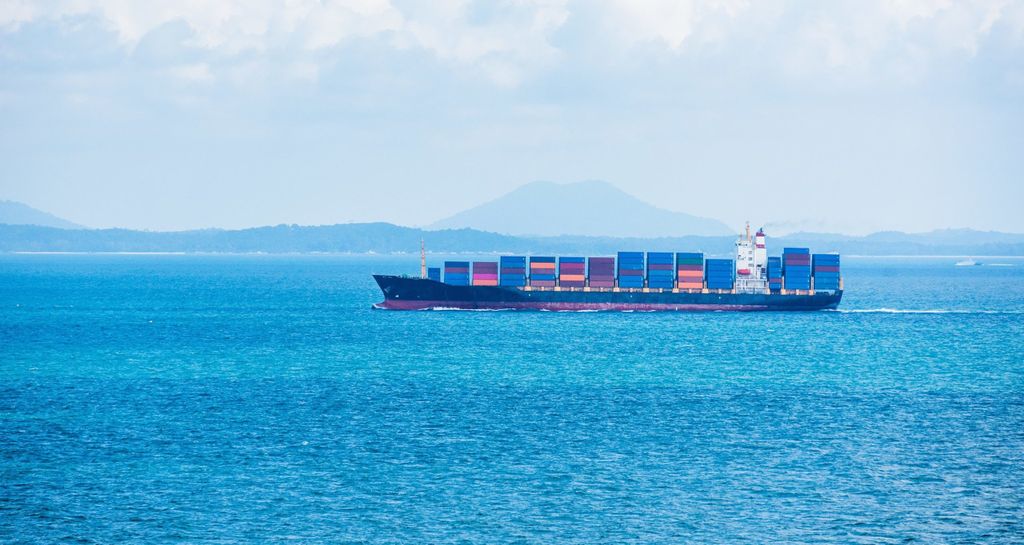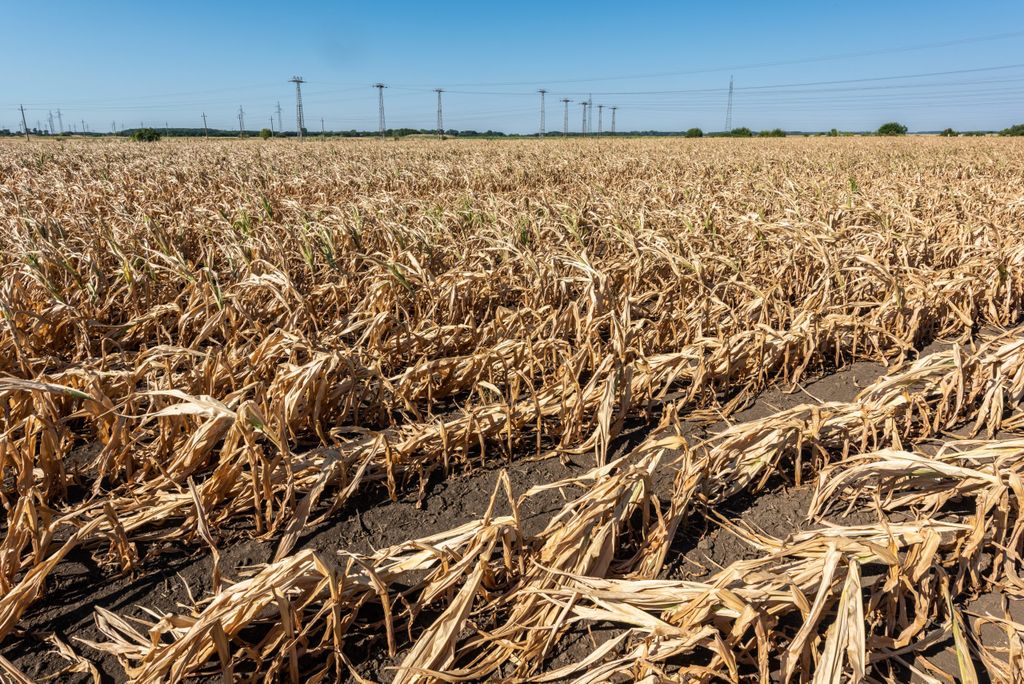Climate and Energy Summit 2025
Next event In person & livestreamed

- Area of Expertise
- Climate, Energy & Natural Resources
Climate, Energy & Natural Resources

Former Icelandic Minister of Fisheries
The World Food Summit of 1996 defined food security as achieved “when all people, at all times, have physical, social and economic access to sufficient, safe and nutritious food which meets their dietary needs and food preferences for an active and healthy life”. Food security therefore covers four essential elements: availability, access, utilisation and stability.
It is obvious that food security is much more than just calories. It encompasses nutritional security and the nutrient requirements necessary for a fulfilling life. At a global level, where people live in a variety of climates and stages of economic development with diverse food preferences and customs, it is the biodiversity found in forests, grasslands, lakes, rivers, oceans, pastures, farms, and even in cities that will ensure global food security.
Biodiversity underpins all food production systems
Biodiversity underpins all food production systems and indeed is the foundation for the world’s ecosystems and food production systems. The thousands of species of fish and other aquatic life in lakes, rivers, coasts and oceans, the hundreds of thousands of varieties of crops and wild plants, the diverse livestock breeds used to support livelihoods in harsh environments or highly intensive farming systems, and the diversity of forest species that similarly provide food in a variety of habitats throughout the world all contribute to a complete food basket of protein, fats and oils, carbohydrates, minerals, vitamins, micro-nutrients and fibre.
A holistic and balanced approach to development and food security is needed. The wealth of the world’s biodiversity will facilitate this approach by contributing to the four essential elements of food security.
Biodiversity from modern farms to wildernesses keeps food available to people of all areas and economic classes around the world. Domesticated livestock breeds in intensive farming systems provide more than 80% of global egg, pork and chicken production, whereas locally adapted livestock breeds are available to 70% of the rural poor. Several thousand species of fish are important for industrial and subsistence fishing and a little over 500 species are used in aquaculture. As for plants, 7,000 species are used for food, but just 103 provide for 90% of production. Over the millennia, farmers have increased diversity within species through traditional breeding practices. There are over 100,000 varieties of rice and more than 175 potato varieties farmed in the Andes alone. It is this diversity that allows for the cultivation of crops, livestock and fish across different regions and in different situations.
It makes no sense to develop one food sector at the expense of another
Three species of plant – wheat, rice and maize – represent 56% of the calories consumed by humans, and the diversity of crops in general is vital for food security. However, these species are not nutritionally complete food items. Foods of animal origin provide a critical supplement to staple plant-based diets by supplying a variety of essential, highly bio-available nutrients with special nutritional importance for vulnerable populations such as children and mothers. Fish are especially important, as many are often processed to be consumed whole, thus providing vitamin A from the liver, calcium and zinc from the bones and essential oils from the flesh.
A wide biodiversity will be required to ensure the stability of food production when faced with changes driven by social, economic, environmental and climatic factors. The majority of livestock biodiversity is found in breeds that have been domesticated for thousands of years. In fact, many of their wild relatives are either extremely rare or extinct. In fisheries and forestry, though, most diversity is found in nature. Only a small fraction of the available fish and forest species are farmed, and all the wild relatives of farmed aquatic species survive. Care must be taken to maintain this natural biodiversity. For farming systems, biodiversity ensures their own stability by providing options for the biological control of pests and diseases and reduced use of pesticides. Genetic diversity within a species provides increased disease resistance as certain breeds of livestock and aquatic species have natural resistance to specific diseases. When disease devastated cassava in Uganda, plant breeders tested thousands of varieties of the crop and through genetic selection were able to create a resistant strain that enabled the recovery of cassava cultivation.
International development agencies, governments and farmers will all need to play their part in maintaining biodiversity
The Food and Agriculture Organisation of the United Nations (FAO) defines agriculture, with a capital ‘A’, to include fisheries and forestry. Therefore, Agriculture, and the land and water associated with it, must be equally developed and managed for a completely biodiverse food basket. It makes no sense to develop one food sector at the expense of another. Unsustainable forest practices not only harm the forest, they also deprive forest dwellers of bush meat, degrade aquatic ecosystems and adversely impact fisheries. Currently, agriculture uses 70% of all water withdrawn by humans, depriving or degrading water for fisheries and livestock . Dams provide much needed electricity as well as irrigation, but have flooded valuable farmland, displaced local populations and reduced or eliminated many important inland fisheries.
Farming systems generally prefer mono-culture to diversity, but for “A”griculture to ensure biodiversity continues to play its crucial role in food security, a shift is required to an integrated approach to development. Integrated farming systems can involve fish, crops and livestock. Irrigation schemes can be made to accommodate fisheries and multiple uses of water. Dams can be designed with fish passage facilities and water-releases can be timed to provide adequate flows for valuable fisheries.
National institutions are generally ill-suited to this cross-sectoral approach, but it is necessary for a biodiverse food production system. Global food security depends on biodiversity and international development agencies, governments and farmers will all need to play their part in maintaining this essential global resource.
Next event In person & livestreamed

Past event In person & livestreamed

Past event In person & livestreamed

Past event In person & Livestreamed





Stay informed
We use cookies and similar technologies to adjust your preferences, analyze traffic and measure the effectiveness of our campaigns. Learn more about our privacy policy.